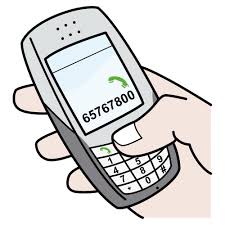The numbers from 0 to 40 in Spanish are the foundation for counting, doing math, and everyday communication. Learning these numbers is an essential step toward mastering Spanish.
They begin with zero (cero – SEH-roh), followed by one (uno – OO-noh), two (dos – dohs), three (tres – trehs), up to ten (diez – dyehs), each with its own unique form. From eleven to fifteen—once (OHN-seh), doce (DOH-seh), trece (TREH-seh), catorce (kah-TOR-seh), quince (KEEN-seh)—the numbers have distinct names. Then, from sixteen to nineteen, they’re built by combining “ten” (diez) with the next number, like dieciséis (dyeh-see-SAYS) or diecinueve (dyeh-see-NWEH-beh).
After that, we have the tens: twenty (veinte – BANE-teh), thirty (treinta – TREYN-tah), and forty (cuarenta – kwah-REHN-tah). These numbers combine with one through nine to form words like veintiuno (bane-tee-OO-noh), treinta y cinco (TREYN-tah ee SEEN-koh), or cuarenta y dos (kwah-REHN-tah ee DOHS).
